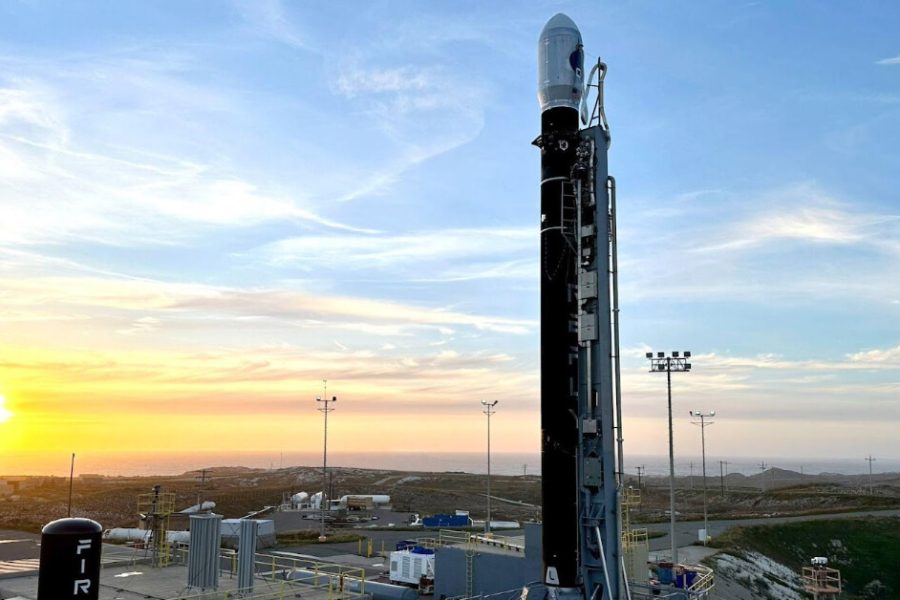The Space Force is expanding its effort to be able to launch a satellite into orbit on a moment’s notice.
Along with the Pentagon’s Defense Innovation Unit, USSF is asking industry in a new solicitation released Aug. 24 for the next capability in its “tactically responsive space” mission, dubbed Victus Haze. The goal: Combine ground stations, launch capabilities, and a satellite and be ready to launch on 24 hours’ notice, and mission-ready within 48 hours of reaching orbit.
That includes rendezvous and proximity operations, the ability to maneuver the satellite close to another satellite, and to “inspect and characterize a simulated threat,” the solicitation says.
The satellite must also be able to remain operational for at least six months.
Victus Haze builds on the Space Force’s other ongoing tactically responsive space mission, Victus Nox. Space Systems Command awarded contracts almost a year ago, in September 2022, to satellite maker Millennium Space Systems and launch services provider Firefly Aerospace. The two have been waiting for the call to action since April.
Victus Haze will “focus on end-to-end execution using commercial capabilities,” according to a DIU release. “It is critical that we tap into and leverage commercially developed capabilities—ones that we can rapidly field to execute the VICTUS HAZE mission and then be able to count on for future [tactically responsive space] operational needs,” said Maj. Jason Altenhofen, deputy for the Space Safari Program Office at SSC, in the release.
Specifically, the Space Force and DIU want ideas that are “novel in capability, responsiveness, and delivery accuracy.” The satellite must be flight-ready within 12-18 months and “scalable with different payloads.”
After that, the launch provider, satellite-maker, and ground control segment will enter the “hot standby” phase, ready to set the stage for a launch within 48 hours. That is followed by an “alert” phase, where providers must remain ready for 30 days. Once given “notice to launch,” final preparations must be made in anticipation of launching in the next available launch window within 24 hours.
Once in orbit, the satellite will conduct space domain awareness operations.
“The number and complexity of adversary threats in space is constantly growing,” said Lt. Col. MacKenzie Birchenough in a statement. “To rapidly respond to those threats, we need to deliver the most advanced capabilities the U.S. has to offer. VICTUS HAZE will help provide the advantage we need to assess the threats and continue our ability to freely maneuver in space.”
Adversary threats include direct ascent anti-satellite weapons and “nesting doll” satellites that can fire projectiles in orbit, both of which Russia has tested in recent years. China has also tested a direct ascent weapon and a satellite capable of grabbing and “grappling” another satellite in orbit.
In the face of those threats, Space Force leaders have emphasized the need for counterspace weapons of their own, larger groups of smaller satellites, and diversified orbits. Tactically responsive space adds one more dimension: the ability to reconstitute satellite constellations or compromised capabilities.
Congress is supportive, adding $115 million to the Space Force’s budget over the past three years. USSF is asking for $30 million for tactically responsive space in 2024, and anticipates seeking the same in 2025.
DIU has been instrumental in accelerating acquisition of a variety of experimental and rapid-development concepts since its launch in 2015. Its mission is to acceleration the infusion of commercial technology into the military by helping partners organizations across the Department of Defense to quickly field commercial capabilities to solve real-world operational challenges at scale. DIU is also working with the Space Force on projects like high-speed cargo delivery through space.
